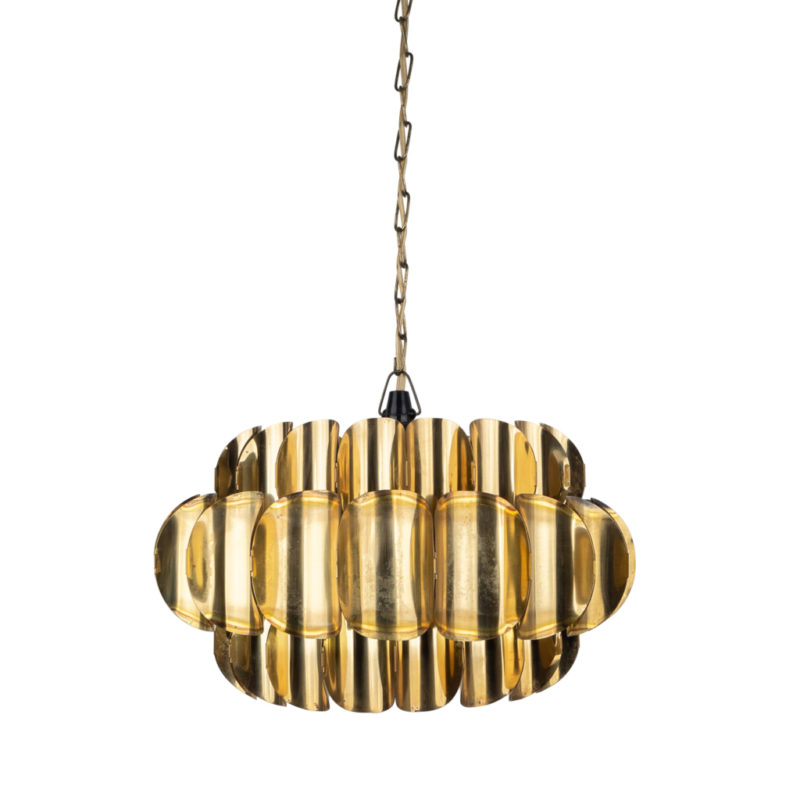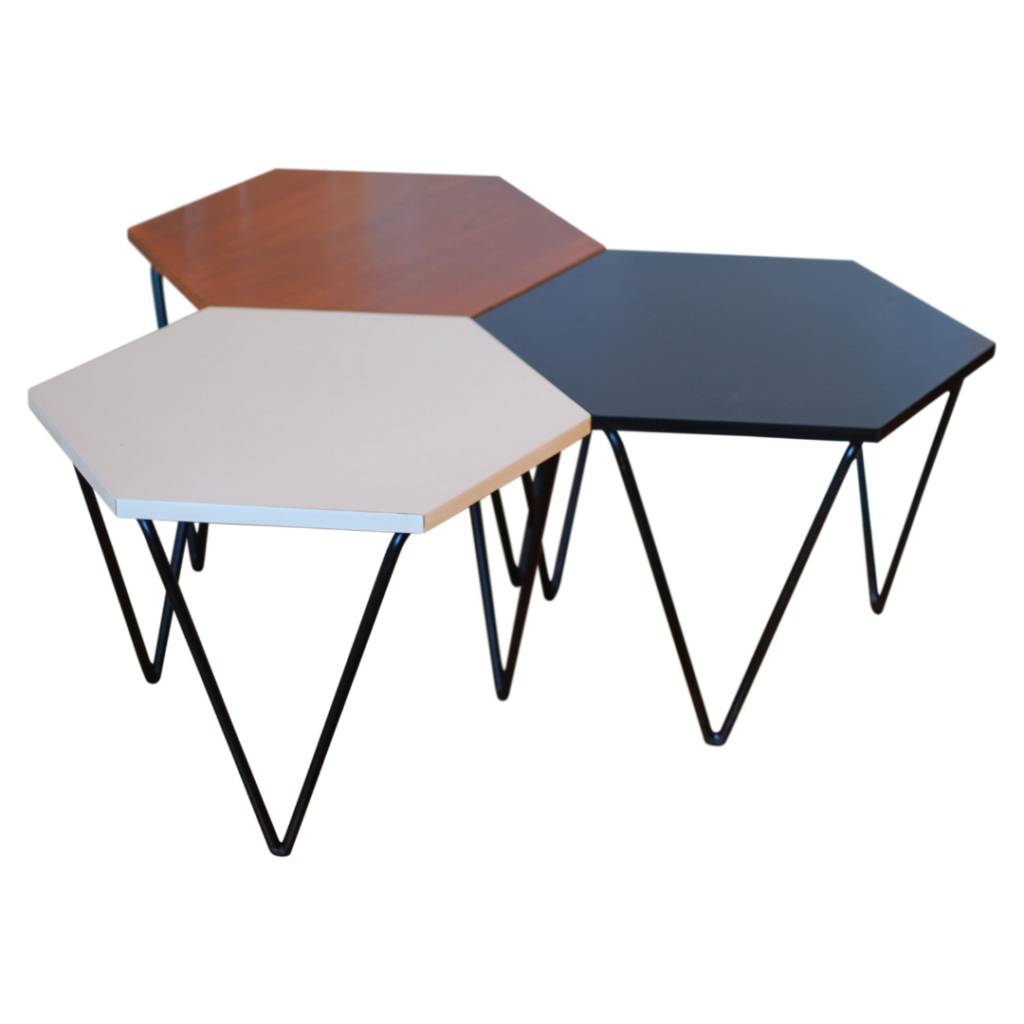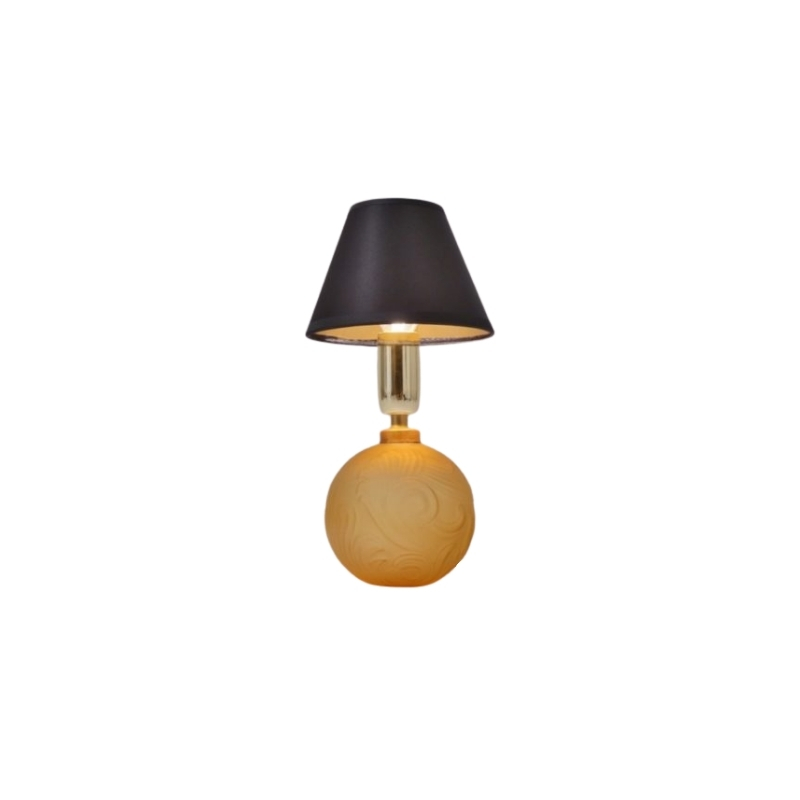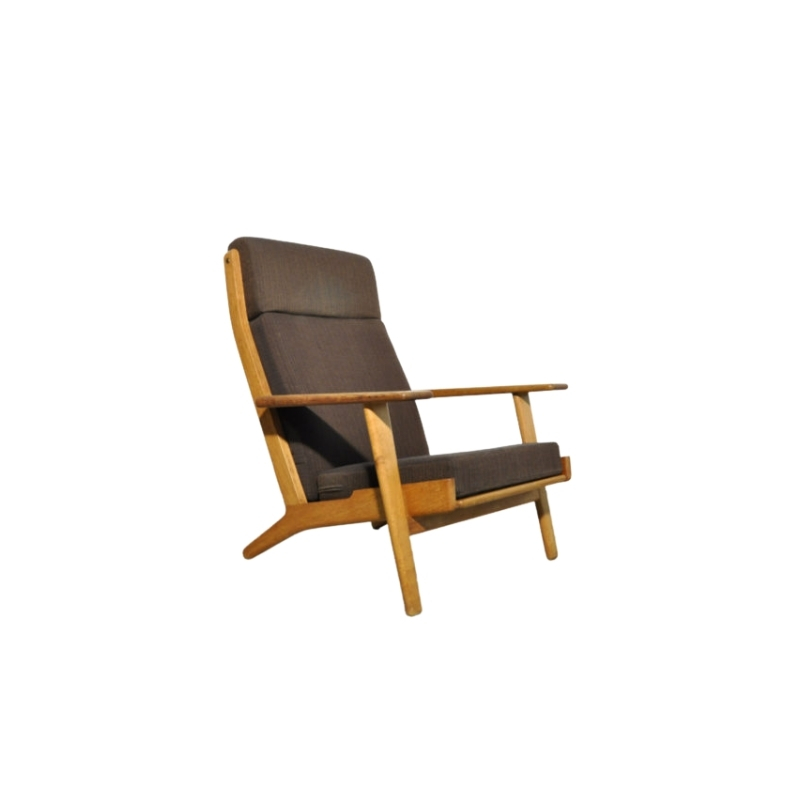Several years ago, I built the bookshelves in the image below. They are assembled from 3/4" mdf (with painted edges). There are no, nails, fasteners, glue, etc. and they were make by stacking the shelves on top of the vertical supports. They are built into a "nook" between the fireplace and the wall which stabilizes the lateral movement and the weight of the books keeps everything together. They are astoundingly sturdy and have worked really well.
I am now planning on building another set, into a smaller space. The shelves will be 33" across and I am wondering if I can get away with only two vertical supports between each level? Would love to hear some thoughts as to whether this will work or if I'm better off having three vertical supports per level?

Really not a house of cards at all. They are incredibly secure and have never been a problem (I use my books often and am taking books on and off these shelves in a regular basis) Nevet any wobble or movement. There is another set, on the other side of the fireplace as well.
The combination of the weight of the books, and the inability of the shelves to move laterally creates amazing stability. I have two young girls and would not have these in place if I felt they posed any danger. As for earthquakes-they are few and far between here in NYC. If a big one hits, I'd have greater concerns than my books falling 😉
I would (and have, with record shelves) just base the new shelf on the old one, if you/they're in the same home. This will unify them and make them more of a pleasure to live with. Use the same proportions to the openings as the existing shelf, and then adapt overall dimensions to the new space, and the right number should present itself. A little irregularity can add some interest, as long as you're working with the same basic grid e.g. there may be some double-wide openings etc.
Making a scale sketch on graph paper can help a great deal. Also, consider how the layout works from center to edges as well as left to right and top to bottom etc.
Thanks Objectworship for the sound advice. I have actually been sketching out a few versions today and think I have figured out the proportions. I will likely use 3 vertical supports for each shelf to obtain the desired appearance. This one will be going into a different room-but will have the same general appearance as the other two I constructed previously.
I'm only half kidding, jes. What your pic shows is +/- 800lbs siting on four 3/4x10x12"(?) vertical supports. I'm not sure if those kinds of loads conform to performance specs for MDF, but I don't like it. Call me a belt AND suspenders kind of guy when it comes to things like this if you must.
At the very least, I'd anchor the horizontal pieces to wall studs and provide some mechanism to keep the vertical pieces vertical.
It is a lot of weight. I'm not an engineer or a designer-so I think I will heed your advise on the next build. It is an old pre-war building, so there are no studs-just plaster walls over brick. That said-I think I will try and figure out a way to anchor the some of the supports. If it works out, I'll retro-fit the other two shelves.
I used to run into that plaster over terracotta block fairly often on Beacon Hill and in the Back Bay. Tapcon-type screws work pretty well for that application, but the pilot-hole diameter is critical so I recommend buying the specified bit from the screw mfr. And one of those new-ish compact cordless impact drivers is almost the ideal tool to use, too.
i think your original question related to the stiffness (resistance to sagging)of MDF vs. other common shelving material. Almost any solid, defect-free wood of the same dimensions will outperform composite boards if the grain runs longitudinally, as would be expected for shelving.
If you need any help, please contact us at – info@designaddict.com









